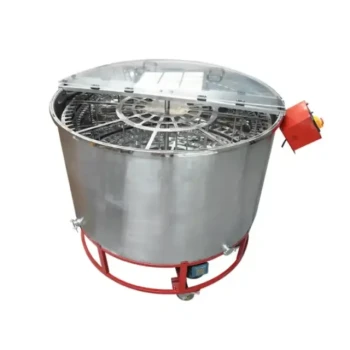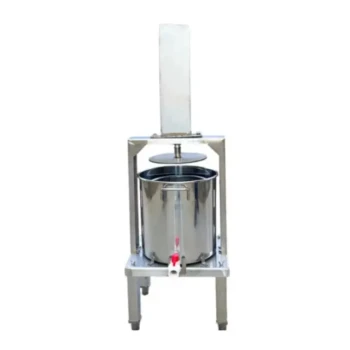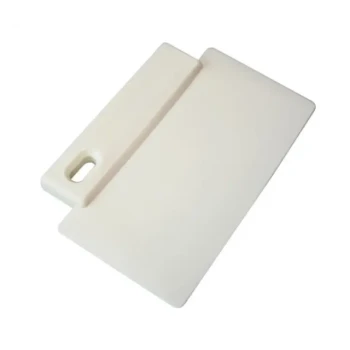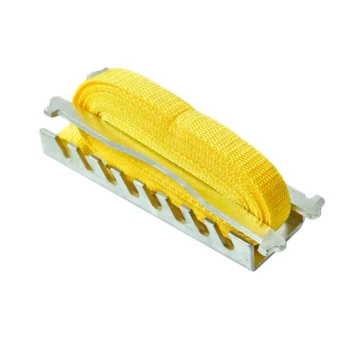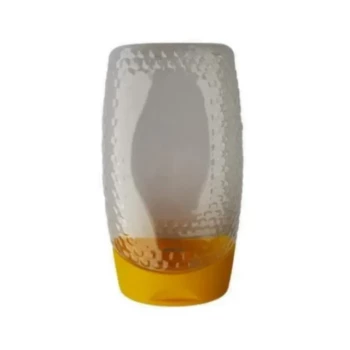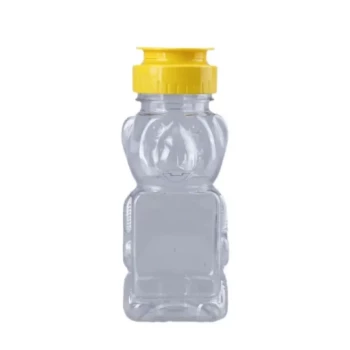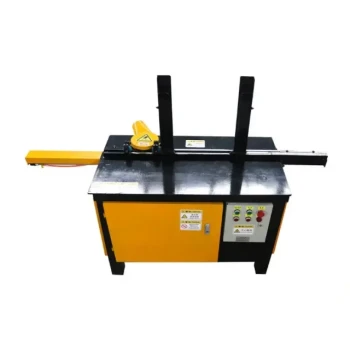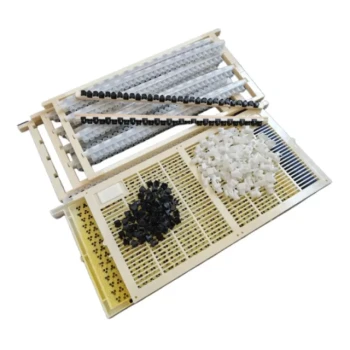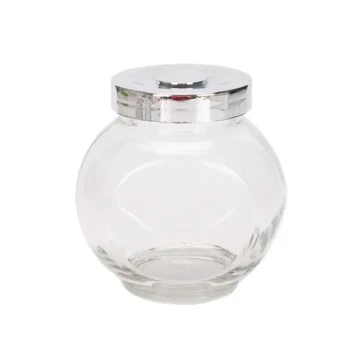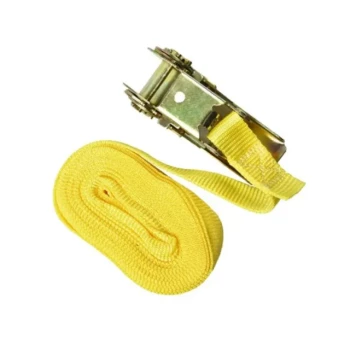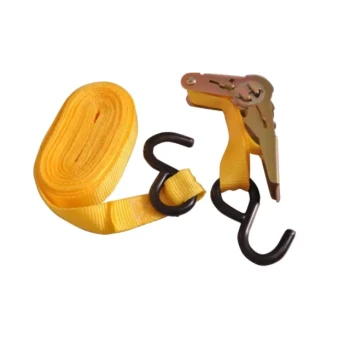For an established, healthy hive, a successful year can yield anywhere from 25 to 100 pounds (approximately 2 to 8 gallons) of harvestable honey. However, this figure is highly variable, and you should never plan to harvest any honey during your hive's first year, as the bees need all their resources to build the colony.
The amount of honey you can harvest is not a fixed number but a direct result of your colony's health and environmental conditions. The foundational principle of a sustainable harvest is to take only the true surplus—typically about one-third of the total honey—leaving the majority for the bees to survive the winter.
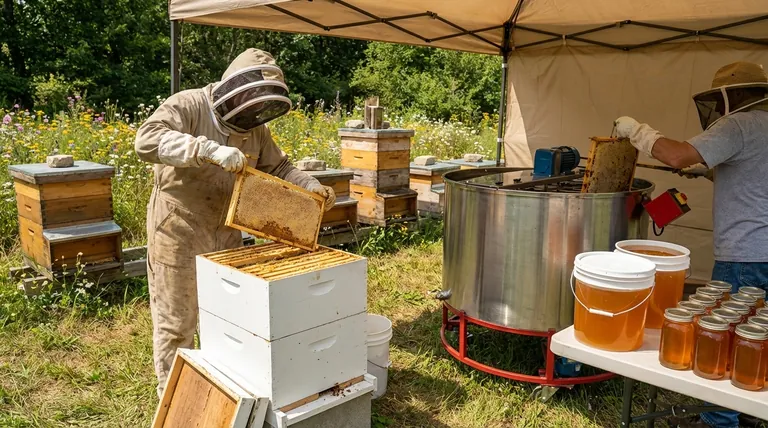
Why Honey Yield is a Range, Not a Number
A beehive is a complex biological system, not a machine. Its output depends entirely on a combination of factors, many of which are outside of the beekeeper's control.
The Critical First Year
In the first year, a new colony's entire focus is on survival and establishment. They must build comb, raise young bees (brood), and store enough food just to make it through their first winter.
Harvesting honey during this crucial period severely jeopardizes their chances of survival. A successful first year is measured by a strong colony, not a honey harvest.
Colony Strength and Health
The single most important factor is the health and population of your hive. A large, thriving colony with a productive queen has a massive workforce of forager bees, allowing it to take full advantage of available nectar.
Weak or diseased colonies will struggle just to feed themselves, leaving no surplus for a beekeeper to harvest.
Location and Forage
Bees can only make honey from the resources available to them. A hive's productivity is directly tied to the abundance and quality of nearby nectar-producing flowers, a concept known as "forage."
A hive located near large fields of clover or a forest with blooming tulip poplar trees will have a much higher potential yield than one in an area with limited floral resources.
Weather's Decisive Role
Weather is a critical variable. Long periods of rain can keep bees inside the hive, unable to forage during peak nectar flows.
Similarly, a late frost can damage early blossoms, and a drought can cause flowers to produce less nectar, significantly reducing the potential honey crop for that season.
The Principle of a Sustainable Harvest
Responsible beekeeping is about stewardship. Your primary goal is to ensure the health and survival of the colony. The honey you receive is a reward for that successful stewardship.
The Beekeeper's "Rule of Thirds"
A widely accepted best practice is to divide the honey stores into thirds. You can harvest one-third for yourself, while leaving the remaining two-thirds as the bees' essential food supply.
This ensures they have more than enough resources to survive the cold months when no nectar is available.
Identifying "Ripe" Honey
You should only harvest honey that the bees have "capped." When bees fill a cell with honey, they fan it with their wings to reduce the moisture content to about 18%.
Once the honey is properly cured, they seal the cell with a wax cap. This capped honey is "ripe" and will store indefinitely. Harvesting uncapped honey can lead to fermentation and spoilage.
Common Pitfalls to Avoid
Setting the wrong expectations can lead to decisions that harm your bees. Understanding the key risks is fundamental to long-term success.
The Risk of Over-harvesting
The most common and damaging mistake is taking too much honey. A colony deprived of its food stores will starve over the winter.
While you can supplement with sugar syrup, this is an emergency measure and is nutritionally inferior to their own honey. Greed is the fastest way to lose a hive.
The Temptation of a First-Year Harvest
It can be tempting to take just a little honey from a strong first-year hive. This is a critical error.
That "little bit" of honey might be the exact amount the bees needed to survive a long cold snap in late winter. Resisting this temptation is a hallmark of a patient and responsible beekeeper.
Making the Right Choice for Your Goal
Your approach to harvesting should be guided by the state of your hive and your primary objective as a beekeeper.
- If you are a first-year beekeeper: Your goal is zero honey harvest; focus entirely on establishing a strong, healthy colony for the following year.
- If you have an established hive in a good location: You can realistically aim for the 25-100 pound range, always prioritizing leaving ample stores for the bees first.
- If you experience a year with poor weather or weak forage: Be prepared to harvest very little or even no honey to ensure your colony's survival.
Ultimately, successful beekeeping means thinking of yourself as a caretaker first and a harvester second.
Summary Table:
| Factor | Impact on Honey Yield |
|---|---|
| Colony Age | First-year hives: 0 lbs (no harvest). Established hives: 25-100 lbs. |
| Colony Health | Strong, disease-free colonies produce significantly more surplus honey. |
| Local Forage | Abundant, high-quality nectar sources are essential for a good yield. |
| Weather Conditions | Favorable weather during nectar flows is critical for maximum production. |
| Harvesting Practice | Sustainable harvest follows the 'Rule of Thirds' to ensure bee survival. |
Ready to Build a Thriving, Productive Apiary?
Maximizing your honey yield starts with strong, healthy colonies and the right equipment. HONESTBEE is your trusted partner, supplying commercial apiaries and beekeeping equipment distributors with the high-quality, durable supplies needed for success.
We understand the challenges you face, from managing colony health to optimizing harvests. Our wholesale-focused operations ensure you get the reliable equipment you need to support your bees and your business.
Let's discuss how we can support your operation.
Contact our team of experts today to learn more about our products and wholesale programs.
Visual Guide
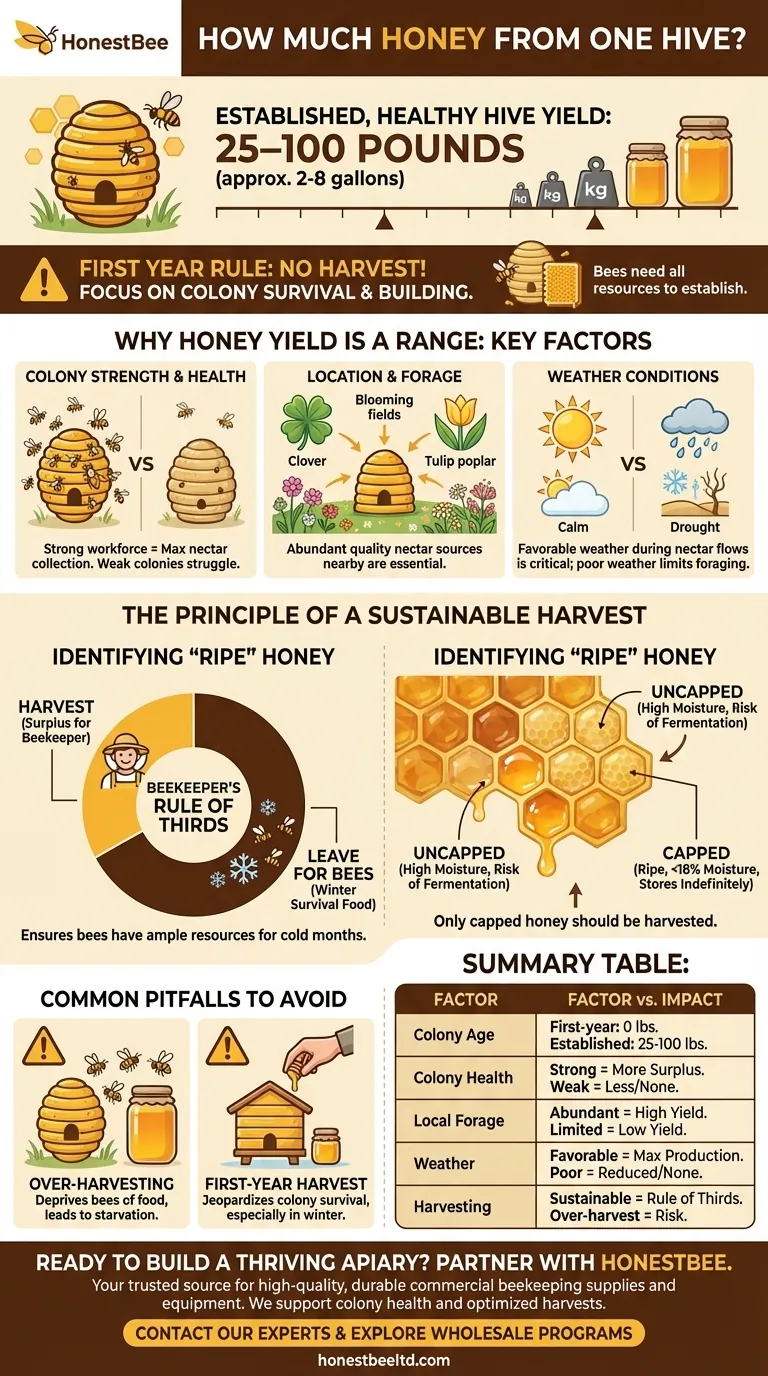
Related Products
- HONESTBEE 72 Frame Industrial Electric Honey Extractor for Beekeeping
- HONESTBEE 3-Frame Manual Acrylic Honey Extractor
- 10L Stainless Steel Electric Honey Press Machine
- Stainless Steel Manual Honey Press with Guard for Pressing Honey and Wax
- Electric Flatting and Embossing Machine with Tray for Beekeeping
People Also Ask
- How do automatic honey extractors function? Achieve High-Efficiency Honey Harvesting
- Why is preserving honeycomb integrity important, and how do automated extractors help? Boost Hive Health & Honey Yields
- How is honey harvested from Langstroth hives? A Guide to Efficient, Comb-Preserving Extraction
- Can a manual extractor be upgraded to an electric one? Save Labor & Boost Efficiency
- What are the two common types of honey extractors? Choose the Right Extractor for Your Apiary
